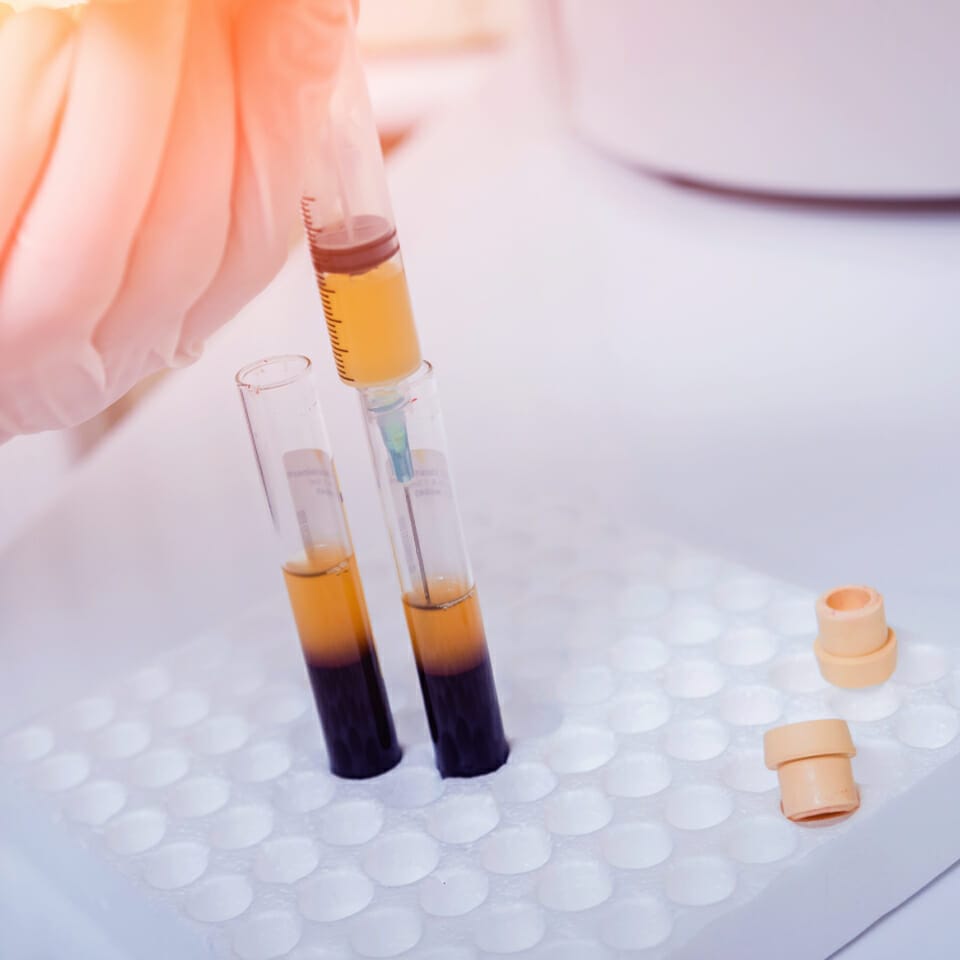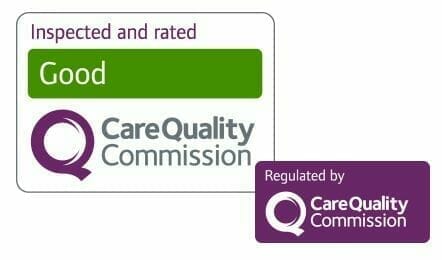What are PRP injections and do they actually work?

Platelet-rich plasma (PRP) injections have been gaining popularity as an alternative treatment for various musculoskeletal injuries. Although there have been mixed results in studies, many individuals have reported positive outcomes following PRP injections. In this article, we will explore the science behind PRP injections and their potential applications.
What is plasma and what are platelets?
Plasma is the liquid component of blood that contains various proteins, nutrients, and hormones. Platelets, on the other hand, are blood cells that play a crucial role in the body's natural healing process. When you get hurt, platelets travel to the spot, create clots to repair the damage, and release growth factors.
What is platelet-rich plasma (PRP) and what are PRP injections?
Platelet-rich plasma (PRP) contains platelets and other growth factors that doctors obtain from a patient's own blood. During a PRP injection, the machine takes blood from the patient and separates it into plasma and platelets.
Inject the resulting PRP solution into the site of injury. Experts believe that PRP's high concentration of growth factors accelerates the body's natural healing process.
What's in a PRP shot?
A PRP shot typically contains a concentrated solution of platelets, growth factors, and other proteins that are important for tissue repair. The PRP injection's exact composition can vary depending on the patient's specific needs and the area being treated.
Overview of PRP injections
PRP injections treat many conditions, like tendon injuries, arthritis, and ligament and muscle injuries. The procedure has minimal invasiveness and doctors can perform it on an outpatient basis.
PRP injections have shown positive results in patients, although there is ongoing debate about their effectiveness. PRP injections are safe because they use the patient's own blood, so there is little risk of bad reactions.
Applications of PRP injections
PRP injections are most commonly used to treat musculoskeletal injuries, such as tendonitis, arthritis, and ligament sprains. Cosmetic procedures have also utilised them to promote hair growth and rejuvenate the skin.
What can platelet-rich plasma treat?
PRP injections have shown promising results in the treatment of various musculoskeletal conditions, including:
- Tendinitis (such as tennis elbow)
- Osteoarthritis
- Ligament sprains
- Muscle strains
- Rotator cuff injuries
- Achilles tendonitis
Doctors have also used PRP injections in surgical procedures to promote faster healing and reduce the risk of complications.
Conclusion
PRP injections have emerged as a promising alternative treatment for various musculoskeletal injuries. Although scientists are still exploring the science behind PRP injections, many individuals have reported positive outcomes following the procedure. Talk to your doctor about the good and bad things that could happen if you get PRP injections. This will help you decide if it's the right treatment for you.
UME Group LLP. Registration number: OC333533. A Company Registered in England and Wales. Registered office: 17 Harley Street, London, W1G 9QH ©Copyright 2024 - UME Group LLP. Built and maintained by Dezign41 London


